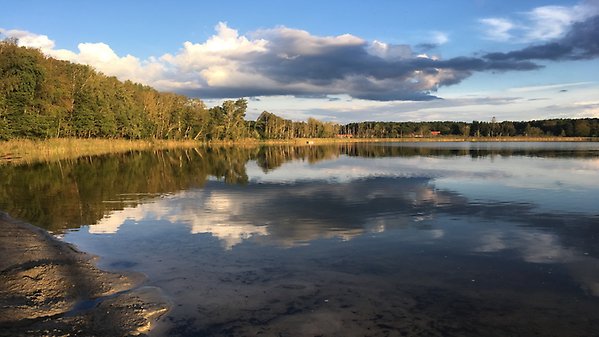Aquatic Communities and Populations
Structure, biodiversity and function

Our research is aimed at understanding mechanisms and processes important for the structure, biodiversity and function of aquatic communities. We develop this research along two lines in which (i) the importance of consumer-resource interactions for the structure and function of aquatic communities is one direction and (ii) the adaptive consequence of those interactions is another direction.
We use different species of freshwater organisms to study both the bottom-up effects of resources on consumers’ ecology, and the top-down effects of consumers on their resources, which can mediate species interactions locally and across habitats. Specifically, we test how predatory fish can couple spatially separated food webs by foraging in littoral and pelagic habitats of lakes. A major effort of our research is directed to the adaptive consequences of species interactions, species invasions and external environmental variation. Fish show strong responses to temperature changes and such patterns allow us to test the functional role of fish in food webs in a changing climate. The research is conducted using a combination of models, experiments and field studies. For specific research projects see personal home pages.
